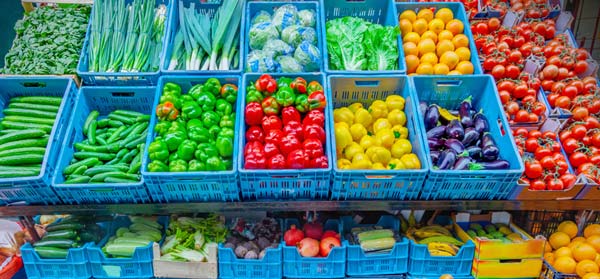It’s no secret that much of the food we eat is riddled with pesticides. It’s part of life. But, for your health’s sake, you can omit foods with high pesticides from your diet.
Each year, the Environmental Working Group (EWG) releases its Dirty Dozen list, ranking the foods that contain the highest levels of pesticide residue at the point of sale. The watchdog analyses data from tests of more than 35,200 samples of fruit and vegetables.
This year’s most contaminated food was strawberries, with 98 per cent of the strawberries tested containing 10 and 17 different types of pesticide residue. High demand for strawberries has farmers using around 135kg of pesticides each year just to keep up with demand and improve yields. Some of this residue remains even after washing.
It’s the first time in five years that a new fruit has topped the list, with apples holding that dishonour since 2011. Following apples on the list are nectarines, peaches and celery.
Unfortunately, many of the fruits and vegetables that appear in the Dirty Dozen are household favourites and because much of the contamination caused by pesticides can’t be washed away, it may be best to buy organic versions of this produce. If you can’t buy organic, you may wish to consider growing your own.
Anyway, here’s 2016 Dirty Dozen:
1. strawberries
2. apples
3. nectarines
4. peaches
5. celery
6. grapes
7. cherries
8. spinach
9. tomatoes
10. sweet bell peppers
11. cherry tomatoes
12. cucumbers
Are any of the fruits and vegetables on this list your favourites? Do you buy any organic produce? If not, is it because contamination does not worry you or is it for financial reasons? Can you recommend any alternatives, or outlets that sell cheaper organic produce?
Read more at www.ewg.org
Related articles:
Is organic worth the extra money?
Affordable everyday superfoods
Ways you’re wasting your money on food

